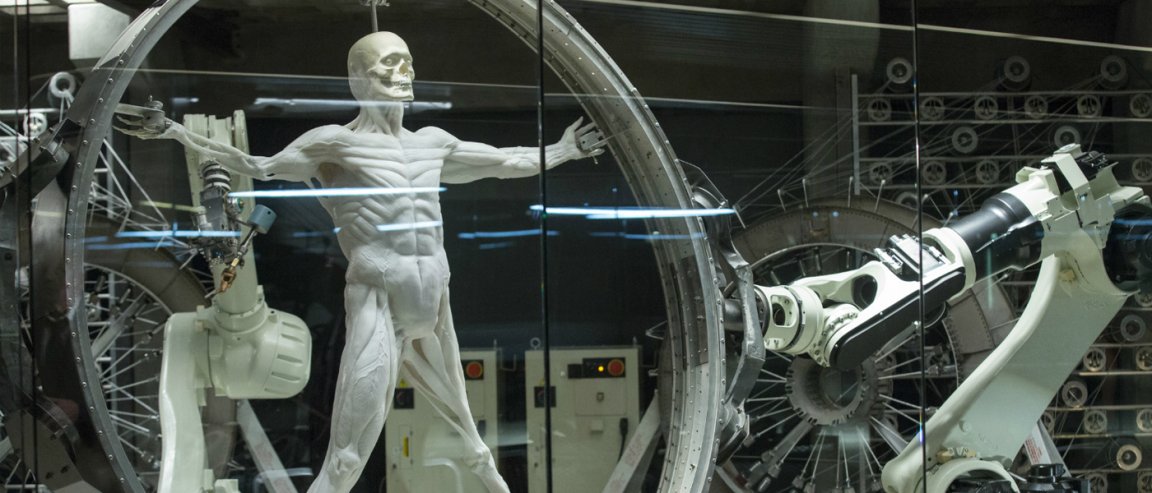
Inspired by Nature
Drawing inspiration from nature, scientists have created a heat-sensing film that would allow robots to detect temperature changes in their environment.

Developed by the team from ETH Zurich in Switzerland, the material mimics how the natural membrane of a snake works to help the animal identify nearby prey. Surprisingly, the researchers were able to achieve this using pectin — a low-cost substance that’s primarily used to thicken jam.
To make the film, a pectin solution was mixed with calcium chloride and then dehydrated to create a transparent, flexible material. Unlike traditional electronics, which detect temperature changes via currents of electrons, this film senses temperature variations through ion currents, which is the process used by snakes. Any change in the nearby temperature would affect the film’s resistance, which the researchers could measure via electrodes along the film’s edges.
To test the film, the team microwaved a teddy bear to 37° C (98.6° F) and measured how it affected the film from various distances. Results showed that the membrane was able to recognize the warmed bear from as far away as one meter. It could also detect temperature changes as small as 10 millikelvin — that’s twice as sensitive as human skin.
Heat-Sensing for Machines and AI
“Pectin films are ultra-low cost and scalable, insensitive to pressure and bending, and can be used to augment temperature sensing when integrated in synthetic skin platforms,” the researchers explain in their published study. This could be particularly useful in creating artificially intelligent (AI) robots, as covering a robot’s entire body with this film would essentially give it a layer of “skin” capable of 360-degree thermal sensing.
“The most important thing about combining AI and humanoid robots is that this AI needs to be shaped by its senses like we are,” research lead Raffaele Di Giacomo told New Scientist. “You need to provide full sensory feedback so the AI can build up a picture of the world.” Indeed, heat-sensing features could help robots learn more about their environment and function more efficiently. For starters, the technology could allow robots to seamlessly navigate crowded areas. It would also make it easier for robots developed for emergency response to locate humans during search and rescue missions.
Because the film makes it possible to give nearly any object temperature-sensing capabilities, it has applications outside of robotics as well. It could be used in prosthetics to help provide sensory feedback for wearers, and given the film’s flexibility, it could easily be fitted around mechanical parts, too. The team says that it can be applied either as a spray-on or dip-coating — yet another example of the technology featured on the show “Westworld” potentially cropping up in real life.